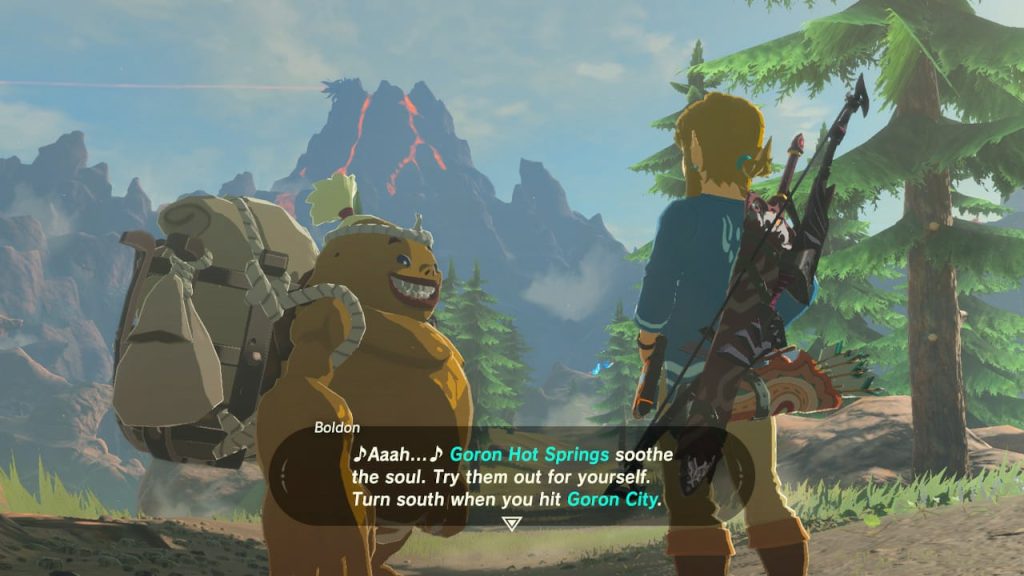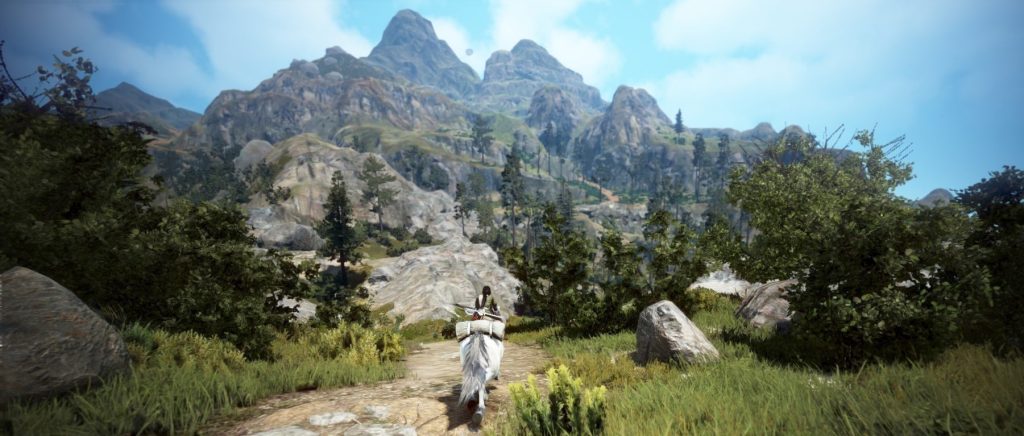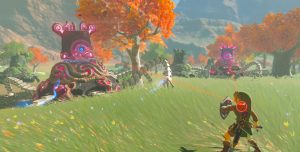No matter how large an open world, there are always locations of low interactivity between the player and the game: a lack or low density of enemies to fight, items to collect, puzzles to solve etc. While no-one wants to waste studio resources on segments that feel empty, there is certainly a use for it whilst paced correctly. Here is why.
Listen to article
Open world games often give players objectives that send them all over the map. Most objectives include extended sequences of gameplay, and more variables for the players to retain. Compared to that, ‘travelling’ usually feels way more idle.
I think these moments must be allowed for as they let players do three important things:
Process new information
Recalculate priorities
Pick a heading
While most players do this automatically, big worlds with several quest-lines, unique locations, points of interest and other variables can make this process cloudy and overwhelming. As level designers, we can optimize this by presenting an obvious ‘menu’ in the form of landscape elements.
Imagine players grinding a difficult dungeon where the miniboss just keeps defeating them. Realising they are not strong enough, they exit the building. Signal the presence of a nearby town where helpful gear and goods can be found using the silhouette of its signature building. Here the suggestion is: “That is the silhouette of the wealthy merchant town. Their superior goods will surely make me stronger”.
Another example: players just unlocked an item that grants them access to paths previously obstructed, like a huge gauntlet that can smash certain boulders. Reveal the first sprouting plant or rolling pebble native to the biome where several of these boulders blocked the way. Here the suggestion is: “That is a plant I usually see between the sharp rocks and solid boulders of that impassable area. I can now smash it to bits to reveal new pathways”.

It doesn’t always have to be a static object; it can be a travelling merchant, a shuttling ship, or flying birds native to a location which players link to their objective. The most important thing is that the visual is clear; both in the landscape as well as its interpretation.
Plan for these places in your level design, and utilize them especially between moments of intense gameplay or interactivity.





0 Replies to “Empty space for a full mind: The Importance of Downtime in Large maps”